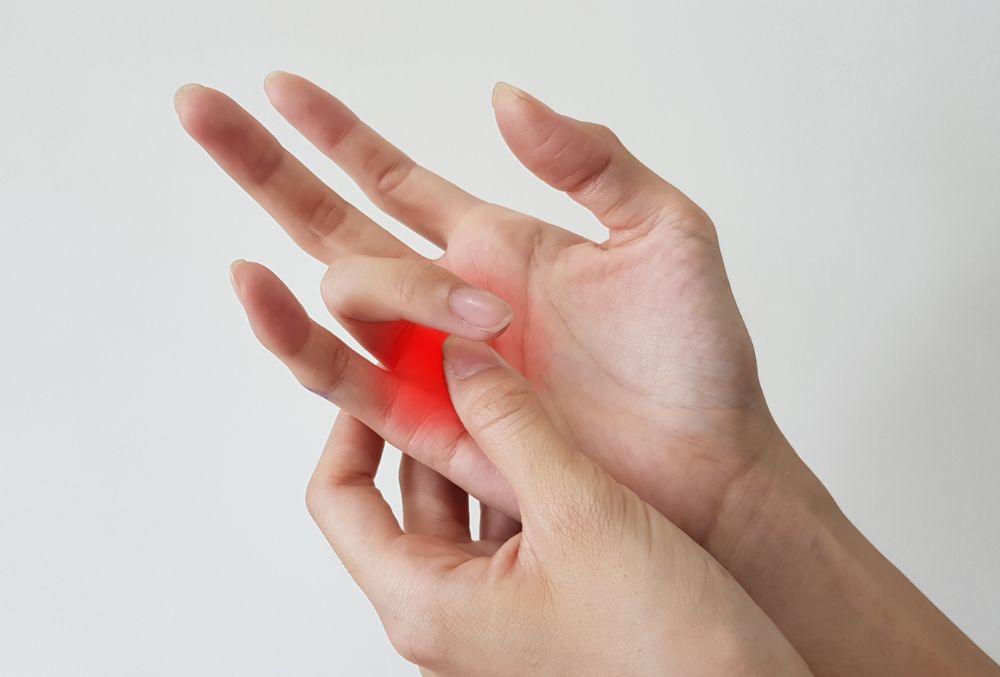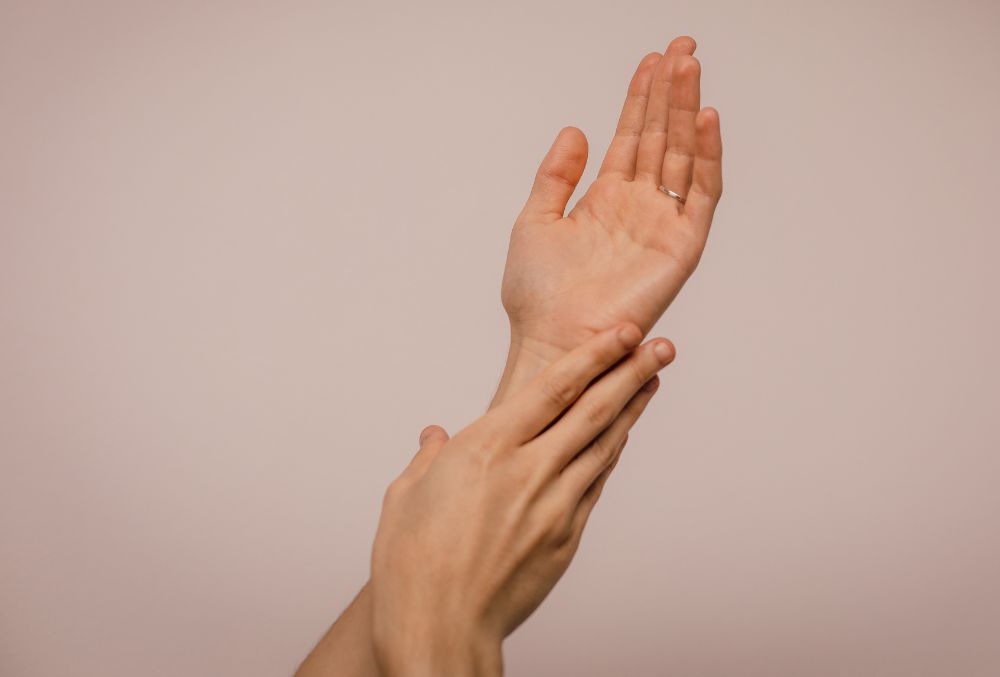
Learn about the top 5 common snow skiers hand injuries, including wrist fractures, skier’s thumb, finger fractures, ligament sprains, and tendon injuries. Discover their causes, symptoms, and preventive measures to ensure a safer skiing experience.
1. Wrist Fractures:
A fall on an outstretched hand during a collision or sudden loss of balance can fracture various wrist bones. The most commonly affected bones are the radius (on the thumb side of the forearm) and the ulna (on the pinky side). In some cases, the carpal bones, the eight small bones that connect your wrist to your hand, can also fracture.
Symptoms: Look out for these signs of a potential wrist fracture:
- Severe pain in the wrist, especially when moving it
- Significant swelling and bruising around the wrist joint
- Deformity of the wrist, making it appear crooked or misaligned
- Difficulty moving your fingers or gripping objects
- Tenderness to the touch
Prevention: Wearing properly fitted wrist guards can offer significant protection during falls and help absorb impact, potentially preventing fractures.
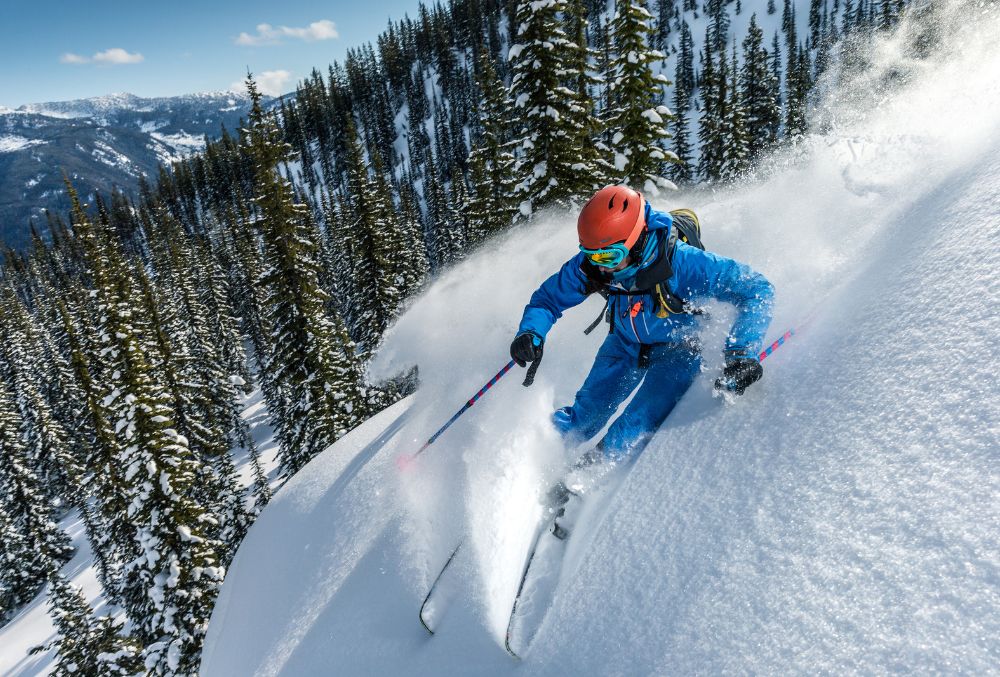
2. Skier’s Thumb (Ulnar Collateral Ligament Injury)
Skier’s thumb, also known as a ulnar collateral ligament (UCL) injury, occurs when the ligament on the inner side of your thumb joint gets stretched or torn. This often happens during a fall while gripping a ski pole, as the force yanks your thumb outwards. Sudden twisting motions can also cause this injury.
Symptoms: Keep an eye out for these signs of skier’s thumb:
- Pain and tenderness at the base of your thumb, especially on the inner side
- Swelling around the thumb joint
- Difficulty pinching or gripping objects due to weakness or instability
- A popping sensation or bruising might occur at the time of injury
Prevention: Here’s how to minimize your risk of skier’s thumb:
- Proper Pole Grip: Avoid tightly gripping your ski poles. Instead, hold them loosely with your fingers wrapped lightly around the straps. This allows you to release the poles easily if you fall.
- Wrist Guards: Wearing wrist guards can help absorb impact and prevent your thumb from being hyperextended during a fall.
- Technique: Lessons from certified instructors can teach you proper skiing technique to improve balance and reduce the risk of falls.
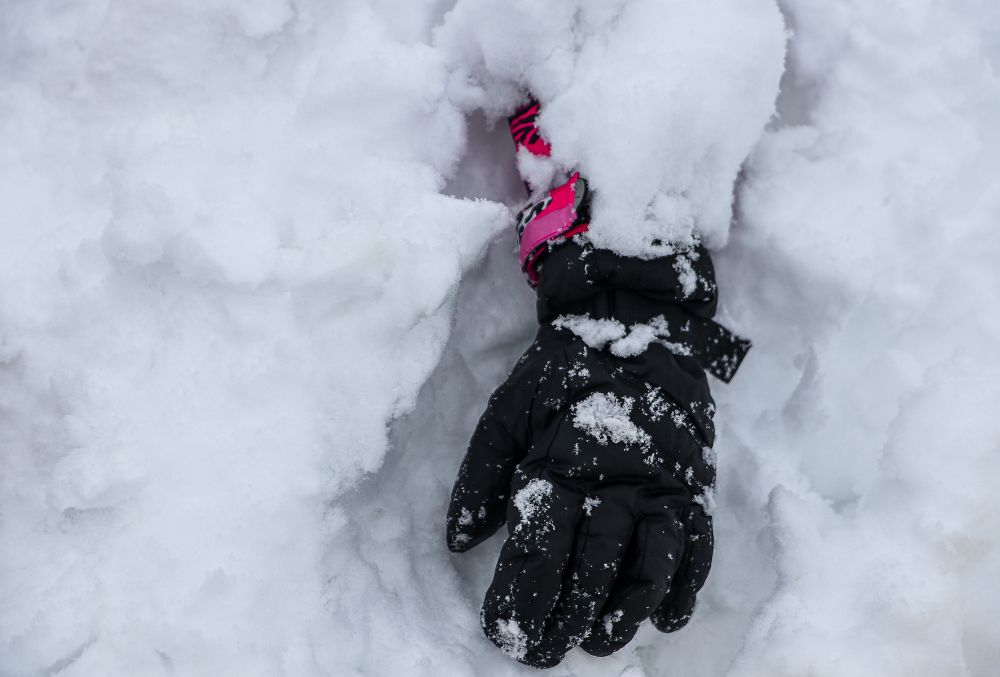
3. Finger Fractures
Finger fractures are a common concern for skiers due to the impact of falls or collisions. These can happen in several ways:
- Direct Impact: Fingers striking a hard surface, like ice or poles, during a fall can cause fractures.
- Crushed Fingers: Getting fingers caught or pinched between ski equipment, like poles or bindings, can lead to fractures.
- Collisions: Colliding with another skier or object can also put enough force on fingers to cause a fracture.
Symptoms: A fractured finger can be quite painful and cause several symptoms:
- Pain: This is the most common symptom, often severe and throbbing, especially when moving the affected finger.
- Swelling: The area around the fracture will likely swell significantly, making the finger appear puffy.
- Deformity: In some cases, the fractured bone may cause the finger to appear bent or crooked at an unnatural angle.
- Bruising: The area around the fracture may also show bruising.
- Loss of Movement: It will be difficult or even impossible to move the affected finger due to pain and instability.
Prevention: Here are some ways to minimize your risk of finger fractures:
- Wear Properly Fitted Gloves: Thick, padded gloves with good dexterity can absorb impact and protect your fingers from getting crushed.
- Improve Balance: Taking lessons or practicing drills to improve balance and control on the slopes can help you avoid falls.
- Be Aware of Your Surroundings: Ski in a controlled manner and be mindful of other skiers and potential obstacles to avoid collisions.
4. Ligament Sprains
Ligament sprains in the hand are frequently encountered during skiing, particularly in the metacarpophalangeal (MCP) joints. These injuries occur when the hand is subjected to excessive force or twisting, leading to stretching or tearing of the ligaments. Symptoms include pain, swelling, instability, and difficulty gripping objects.
- Falls: A fall on an outstretched hand can hyperextend the MCP joints, stretching or tearing the ligaments.
- Impacts: Direct impact to the back of the hand, for example, from a ski pole during a fall, can strain or tear the ligaments on the palm side of the MCP joints.
- Gripping: Gripping ski poles too tightly or with improper technique can put excessive stress on the MCP ligaments, leading to sprains.
Symptoms: Pay attention to these signs of a potential ligament sprain in your hand:
- Pain: This is the most common symptom, often felt at the base of the affected finger(s) and worsening with movement.
- Swelling: The area around the sprained ligament(s) will likely swell, making the hand appear puffy.
- Instability: The affected finger(s) might feel loose or unstable, especially when trying to grip objects.
- Bruising: In some cases, bruising may occur around the sprained ligament(s).
- Difficulty Gripping: Gripping objects or making a fist may be difficult or painful due to instability and pain.
Prevention: Here’s how to minimize your risk of ligament sprains in your hands:
- Wrist Guards: Wearing wrist guards can help absorb impact and prevent excessive hyperextension of the MCP joints during falls.
- Proper Technique: Lessons from certified instructors can teach you proper pole grip and hand positioning techniques to avoid putting undue stress on the ligaments.
- Avoid Tight Grips: Relax your grip on your ski poles. A loose grip with your fingers wrapped lightly around the straps allows for easier release in case of a fall.
- Warm Up and Stretch: Performing hand and wrist stretches before hitting the slopes helps improve flexibility and prepares the ligaments for activity.
5. Tendon Injuries
Tendon injuries are another potential concern for skiers, affecting the tendons that run along the back of your hand and into your fingers. These injuries can stem from two main causes:
- Repetitive Stress: Overuse from improper technique or long days on the slopes can inflame the tendons, leading to a condition called tendinitis. This is characterized by micro-tears in the tendon and surrounding tissues.
- Sudden Impacts: Sharp blows to the back of the hand from falls or collisions with ski poles or equipment can cause more severe injuries like tendon lacerations, complete tears, or ruptures.
Symptoms: Look out for these signs of a potential tendon injury in your hand:
- Pain: This is the most common symptom, often felt along the tendons on the back of the hand or at the base of the fingers, and worsening with movement.
- Swelling: Inflammation around the affected tendon(s) can cause swelling in the hand or wrist.
- Stiffness: The hand and fingers may feel stiff, especially in the mornings or after periods of inactivity.
- Reduced Grip Strength: Difficulty gripping objects or making a fist due to pain and weakness.
- Crepitus (Cracking): In some cases, you might hear or feel a crackling sensation when moving the affected fingers or wrist, which could indicate a tendon tear.
Prevention: Here are some ways to minimize your risk of tendon injuries:
- Proper Technique: Lessons from certified instructors can teach you proper skiing posture and pole use to avoid overuse and stress on the tendons.
- Warm-Up and Stretching: Performing hand and wrist exercises before hitting the slopes increases flexibility and prepares the tendons for activity.
- Take Breaks: Listen to your body and take breaks throughout the day to rest your hands and avoid overuse.
- Maintain Equipment: Ensure your ski poles and equipment are in good condition to minimize the risk of sharp objects causing lacerations.
- Strengthening Exercises: Consider incorporating hand and wrist strengthening exercises into your routine to improve overall tendon health.
A general guide on preventing injuries while skiing and snowboarding.
Here are some key takeaways to focus on for hand injuries specifically:
Pre-Season Conditioning:
- Strength Training: Building strength in your legs, core, and upper body improves overall stability and reduces stress on your joints, including your wrists and hands.
- Warm-Up and Stretching: Dedicate time to warm-up exercises that increase blood flow and prepare your muscles for activity. Include hand and wrist stretches to improve flexibility and range of motion.
Equipment:
- Properly Fitted Gear: Ensure your ski boots fit well. Ill-fitting boots can cause discomfort, fatigue, and lead to injuries. Consider wrist guards, especially for beginners or those with weaker wrists.
Technique:
- Lessons: Taking lessons from certified instructors can teach you proper skiing techniques, including correct pole grip and falling safely. This helps you avoid falls and minimizes the risk of injuries.
- Fall Safely: Learn how to fall by absorbing the impact with your body rather than putting your hands out. This significantly reduces the risk of wrist injuries.
Other Tips:
- Know Your Limits: Don’t push yourself beyond your skill level. Skiing on slopes that are too difficult for you increases the risk of falls and injuries.
- Listen to Your Body: Take breaks throughout the day to rest and avoid fatigue. Skiing when tired can lead to carelessness and increase the risk of accidents.
By following these tips and the general recommendations for preventing ski injuries, you can significantly reduce your risk of hand injuries and enjoy a safe and fun skiing experience.

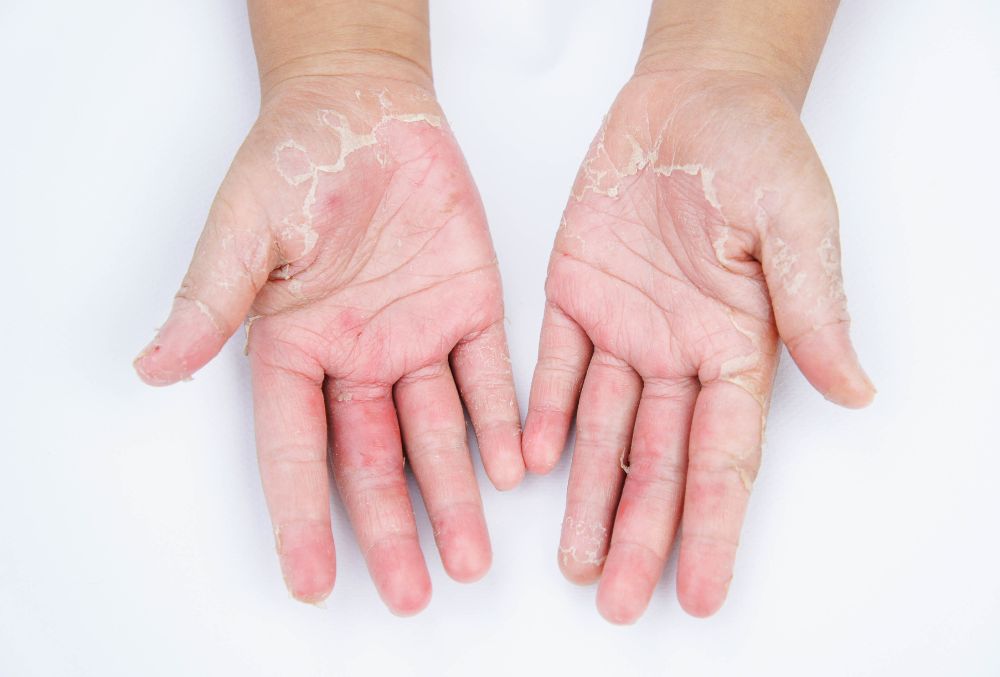
Dry Hands? Get Soft Skin in 3 Easy Steps!
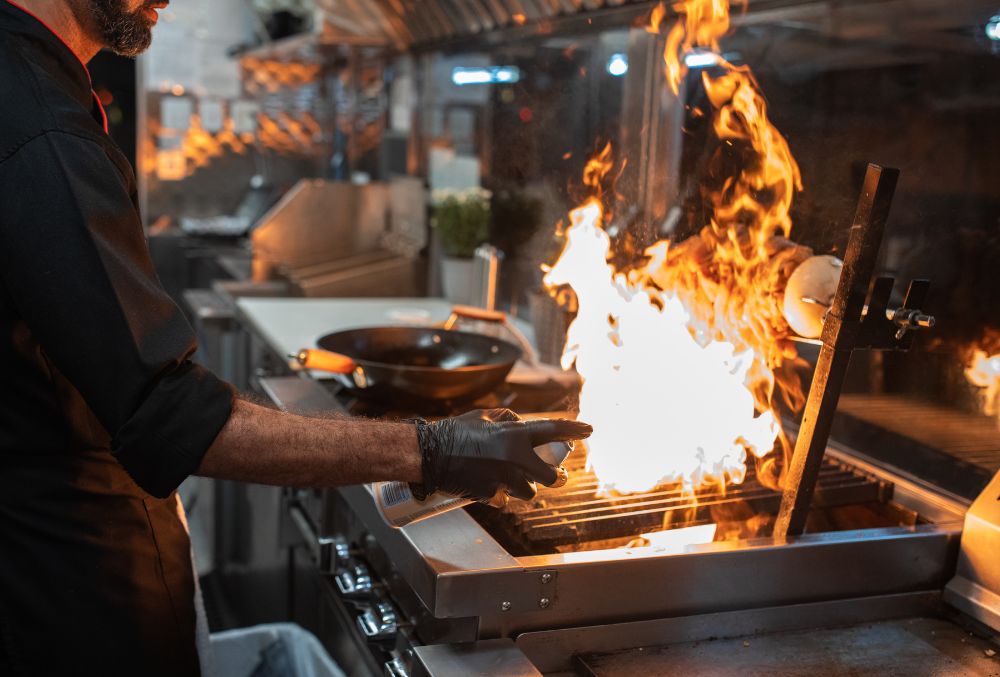
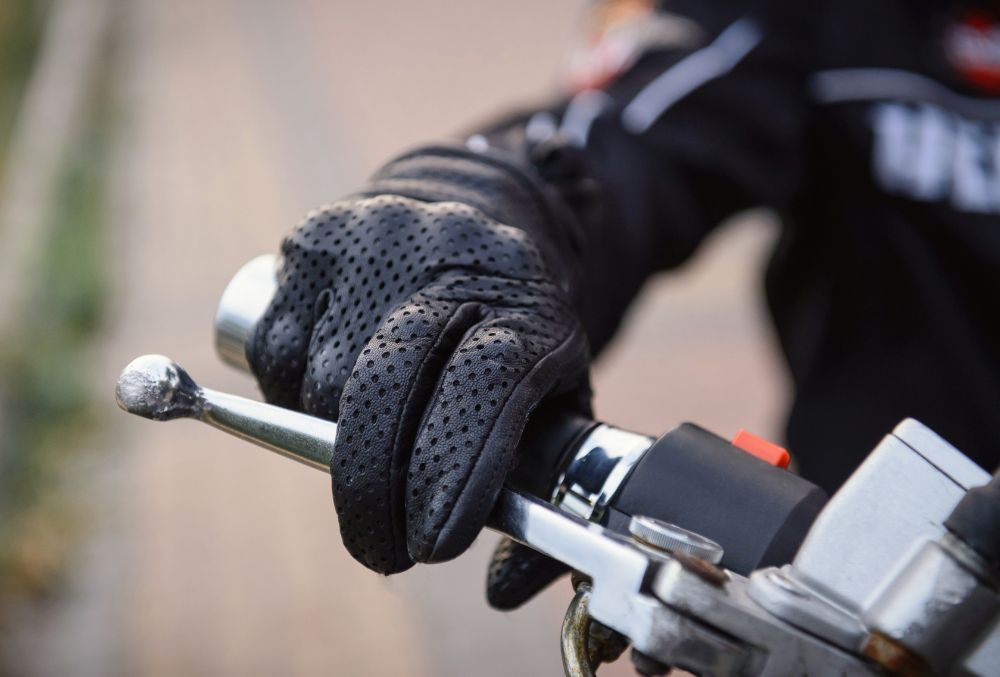
Are Motorcycle Gloves Necessary?
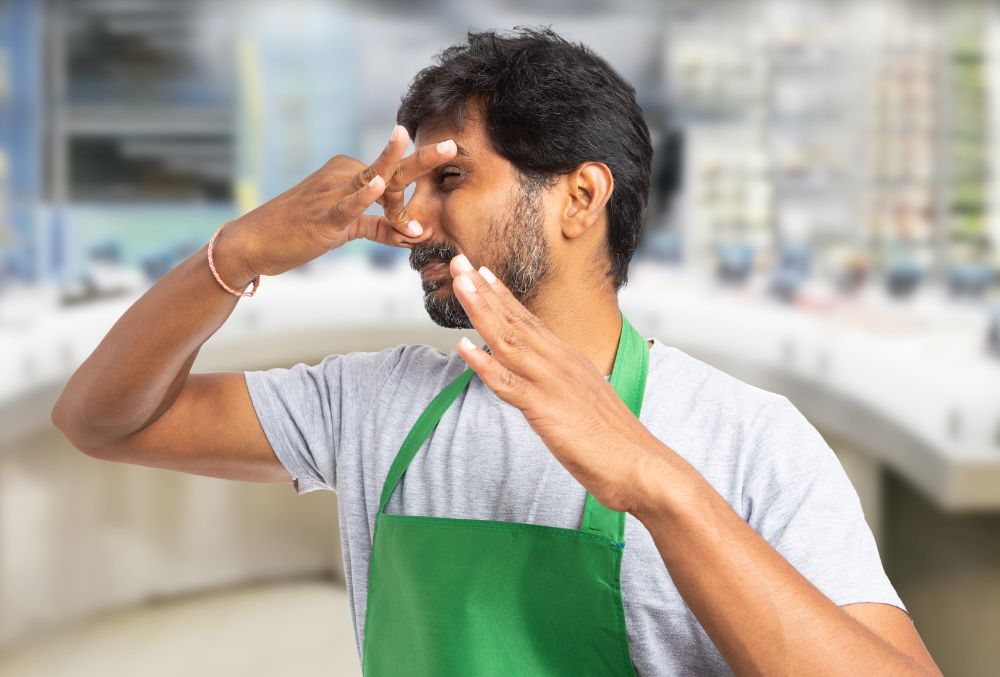
How To Remove Different Smells From Your Hands

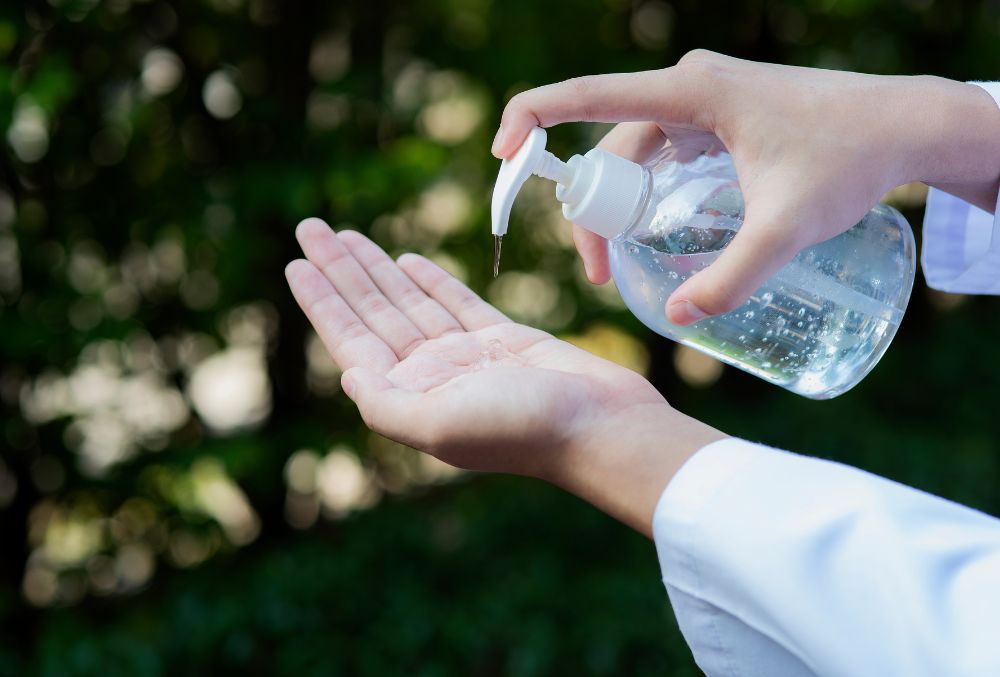
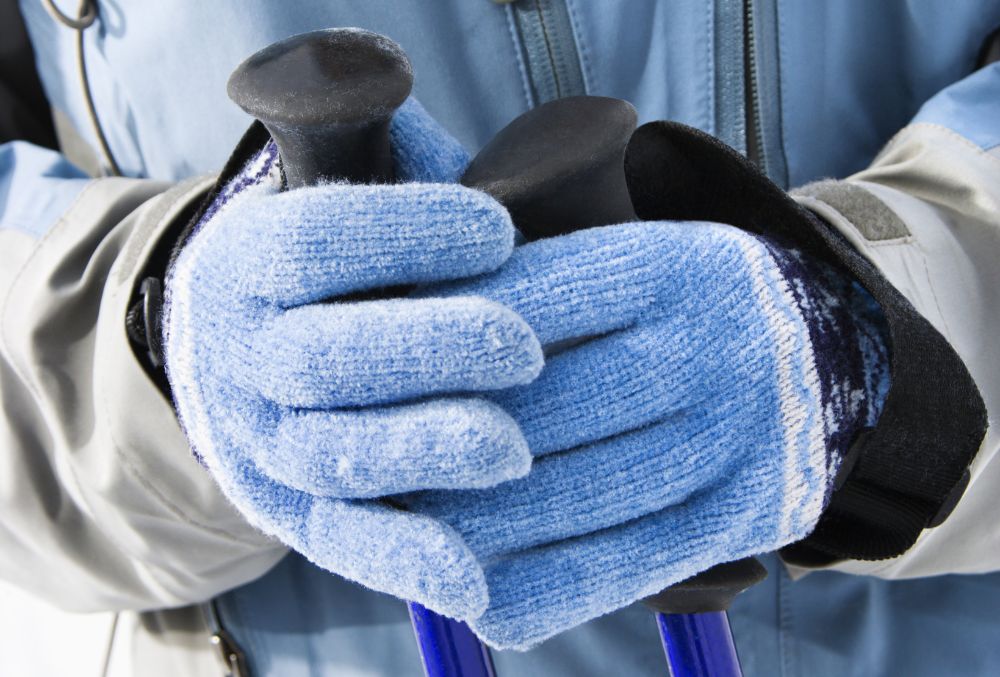
Top 5 Common Snow Skiers Hand Injuries
